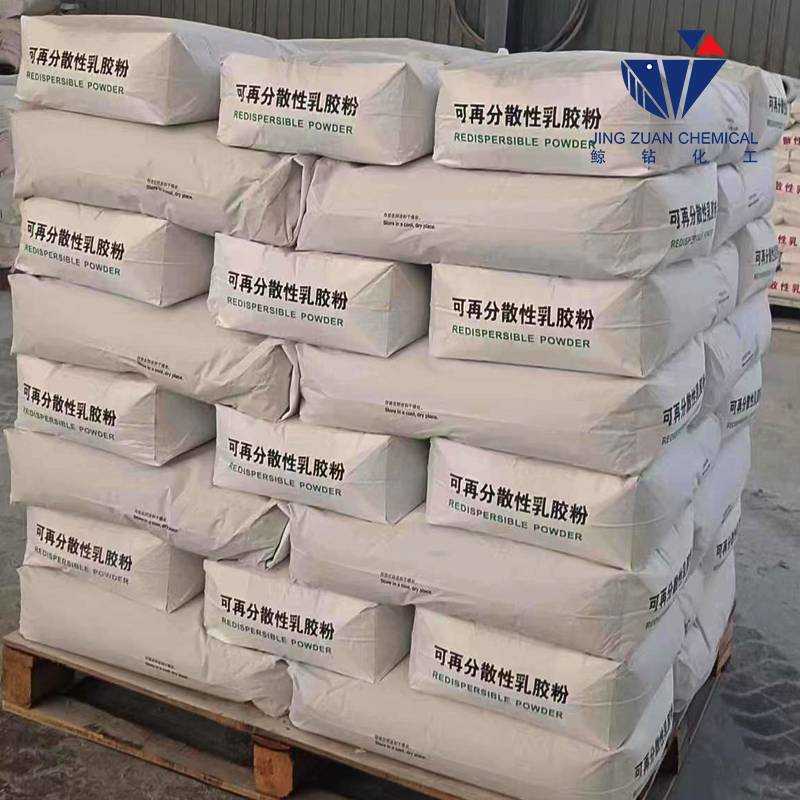
joulu . 16, 2024 09:28 Back to list
hydroxyethyl cellulose for paint
Understanding Hydroxyethyl Cellulose for Paint Applications
Hydroxyethyl cellulose (HEC) is a versatile cellulose derivative that plays a crucial role in various industrial applications, particularly in the paint and coatings industry. Known for its green and eco-friendly characteristics, HEC offers a range of benefits that enhance the performance and quality of paints. This article delves into the properties, benefits, and applications of hydroxyethyl cellulose in paint formulations.
What is Hydroxyethyl Cellulose?
Hydroxyethyl cellulose is a nonionic, water-soluble polymer derived from cellulose, a natural polymer found in plant cell walls. The modification process involves the reaction of cellulose with ethylene oxide, resulting in a compound that exhibits unique rheological properties. The degree of substitution and the molecular weight of HEC can be tailored to achieve specific performance characteristics in paint formulations.
Properties of Hydroxyethyl Cellulose
1. Thickening Agent One of the most significant properties of HEC is its ability to act as a thickening agent. It increases the viscosity of aqueous solutions, which is essential for achieving the desired consistency in paint formulations. This helps in providing better application properties and improved stability.
2. Water Retention HEC exhibits excellent water retention capabilities, which helps prevent the paint from drying too quickly. This attribute is particularly important when applying paints, as it ensures a smoother finish and minimizes the risk of defects such as cracking and peeling.
3. Film Formation Hydroxyethyl cellulose can contribute to film-forming properties, enhancing the durability and adhesion of paint coatings on various substrates. The films formed from HEC are often flexible and resistant to water, making them suitable for both interior and exterior applications.
4. Improved Flow and Leveling HEC aids in enhancing the flow properties of paint, allowing for better leveling and coverage, essential for achieving a professional finish. This is crucial in reducing brush marks and roller patterns during application.
5. Eco-Friendly As a cellulose-based product, HEC is biodegradable and derived from renewable resources. Its use in paints contributes to the development of environmentally friendly formulations, making it a preferred choice among manufacturers looking to reduce their ecological footprint.
Benefits of Using Hydroxyethyl Cellulose in Paints
1. Enhanced Application Performance The use of HEC improves the application properties of paints, making them easier to work with. Paints with HEC exhibit better flow and leveling characteristics, leading to smoother finishes and reduced application time.
hydroxyethyl cellulose for paint

2. Stability and Shelf Life HEC provides excellent stability to paint formulations, preventing sedimentation and separation of components over time. This stability extends the shelf life of paints, ensuring that they remain effective over extended periods without compromising quality.
3. Versatility in Formulations HEC can be easily incorporated into various types of paint formulations, including latex, emulsion, and even some solvent-based systems. Its versatility allows manufacturers to customize paint properties to suit specific end-use scenarios.
4. Compatibility with Additives HEC is compatible with various additives typically used in paint formulations, such as pigments, surfactants, and preservatives. This compatibility ensures that the overall performance of the paint is optimized without any adverse interactions.
5. Cost-Effectiveness By improving application and performance characteristics, HEC can help reduce the amount of paint required for effective coverage. This not only leads to cost savings but also minimizes waste, making it an economically advantageous option for manufacturers and consumers alike.
Applications of Hydroxyethyl Cellulose in Paints
HEC is commonly used in a wide range of paint applications, including
- Interior and Exterior Paints Its excellent water retention and film-forming properties make it suitable for both interior wall paints and exterior coatings that need to withstand various environmental factors.
- Architectural Coatings HEC's ability to enhance flow and leveling is particularly beneficial in architectural coatings, where aesthetics and durability are paramount.
- Wood Coatings In wood finishes, HEC contributes to improved adhesion and flexibility, making it an ideal component for varnishes and stains.
- Industrial Coatings Given its versatility and compatibility with different systems, HEC is used in many industrial coating applications, providing enhanced performance and durability.
Conclusion
Hydroxyethyl cellulose is an essential ingredient in modern paint formulations, offering a blend of performance-enhancing properties and environmental benefits. As manufacturers increasingly focus on sustainability, HEC stands out as an effective solution for producing high-quality, eco-friendly paints. Its versatility and effectiveness will continue to play a crucial role in advancing the paint and coatings industry, paving the way for innovative and sustainable solutions.
-
Versatile Hpmc Uses in Different Industries
NewsJun.19,2025
-
Redispersible Powder's Role in Enhancing Durability of Construction Products
NewsJun.19,2025
-
Hydroxyethyl Cellulose Applications Driving Green Industrial Processes
NewsJun.19,2025
-
Exploring Different Redispersible Polymer Powder
NewsJun.19,2025
-
Choosing the Right Mortar Bonding Agent
NewsJun.19,2025
-
Applications and Significance of China Hpmc in Modern Industries
NewsJun.19,2025







